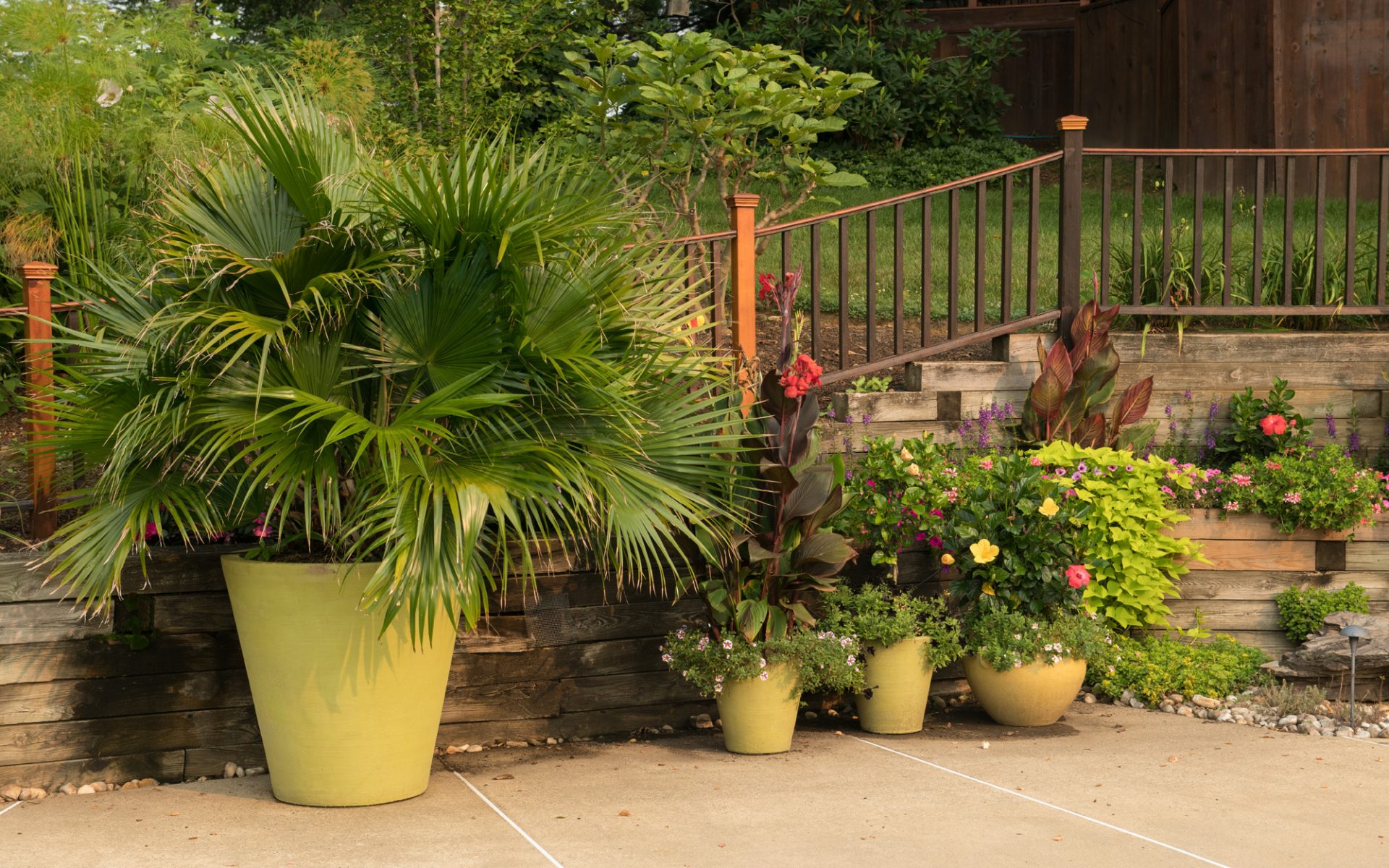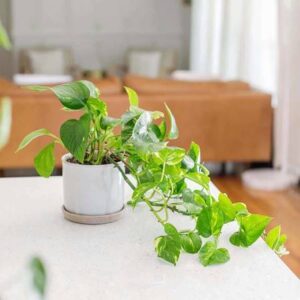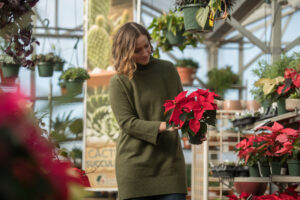As winter sets in across Bucks County, many homeowners start to wonder how to keep their favorite houseplants and tropicals thriving indoors. Bringing plants inside during the colder months not only protects them from frost but also sets them up for healthy growth when spring arrives. At Bountiful Acres in Doylestown, we specialize in helping gardeners care for tropicals and houseplants year-round, and we’re here to share our expert advice on overwintering plants successfully.
Understanding Dormancy in Winter
When temperatures drop and daylight hours shorten, many houseplants and tropicals naturally enter a dormant or semi-dormant state. During this time, growth slows, leaves may drop, and blooms become less frequent. This is completely normal and helps conserve energy until conditions improve. By adjusting your care routine to match this cycle, you can keep your plants healthy and stress-free throughout the winter months.
When to Bring Plants Indoors
In Bucks County, the first frost typically arrives in October, which means it’s important to move houseplants and tropicals indoors before overnight temperatures fall below 50–55°F. Popular tropicals like hibiscus, citrus trees, and elephant ears are especially sensitive to cold. A gradual transition—moving them indoors for a few hours at a time before fully relocating them—helps reduce shock.
Finding the Best Indoor Location
Once inside, choose spots with bright, indirect light. South or east-facing windows are ideal, but if natural light is limited, consider using a grow light. Maintain indoor temperatures between 60–70°F and avoid placing plants near heat vents or drafty windows.
Humidity is another important factor. Winter air indoors is often dry, so tropicals will benefit from extra moisture. Pebble trays, humidifiers, or grouping plants together are simple ways to keep humidity levels higher.
Adjusting Watering and Fertilizing
During dormancy, plants require far less water. Instead of watering on a schedule, check the soil and only water when the top inch feels dry. Overwatering is the most common cause of winter plant decline, often leading to root rot.
Hold off on fertilizing during the winter months, since plants aren’t actively growing. Resume feeding in early spring when you see signs of new growth.
Pruning and Managing Plant Size
Winter is a good time to prune back overgrown or leggy plants. Remove any damaged or dead leaves and cut back branches to encourage bushier growth later in the season. Pruning also helps keep plants manageable in size when space indoors is limited.
Pest Prevention Indoors
Before bringing plants inside, carefully inspect them for pests like aphids, spider mites, or scale. Wash the leaves and wipe down containers to prevent hitchhikers from spreading indoors. Once inside, continue to check plants regularly. Keeping leaves dust-free also improves their ability to absorb light.
Cool, Dark Storage for Certain Tropicals
Some plants, such as cannas, elephant ears, and gingers, can be stored dormant in a cool, dark place like a basement or garage. Trim the foliage back to 8–10 inches, gently remove soil, and store the rhizomes in slightly damp peat moss or sand. Keep storage temperatures between 45–55°F, and check periodically to ensure they aren’t drying out or rotting.
Preparing for Spring
When warm weather returns to Bucks County in late April or early May, it’s time to transition your houseplants and tropicals back outside. This process, known as hardening off, should be gradual. Start by placing plants in a shaded outdoor spot for a few hours a day, slowly increasing their exposure to sunlight.
Spring is also the best time to repot with fresh soil and begin fertilizing again. These steps will encourage strong new growth and prepare your plants for the summer season.
Frequently Asked Questions
Why is my tropical dropping leaves indoors?
Leaf drop is a natural response to reduced light. Don’t panic—just adjust care and avoid overwatering.
Should I fertilize during the winter months?
No. Wait until early spring when new growth appears.
Can grow lights replace natural sunlight?
Yes. LED grow lights are a great option in homes with limited natural light. Aim for 12–14 hours per day for light-loving plants.
How long should I keep my plants indoors?
Keep them inside until all risk of frost has passed. In Bucks County, this is typically late April to early May.
Trust Bountiful Acres for Expert Plant Care
Caring for houseplants and tropicals in winter takes a little extra attention, but the reward is worth it when they bounce back in spring. At Bountiful Acres Garden Center in Doylestown, we provide overwintering services for tropical plants and stock everything you need to keep your greenery thriving indoors, from quality potting soil and grow lights to fertilizers and decorative containers.
Visit us today or contact our team for personalized advice on keeping your plants healthy all year long.




